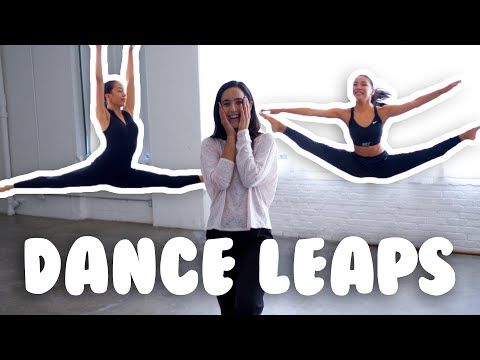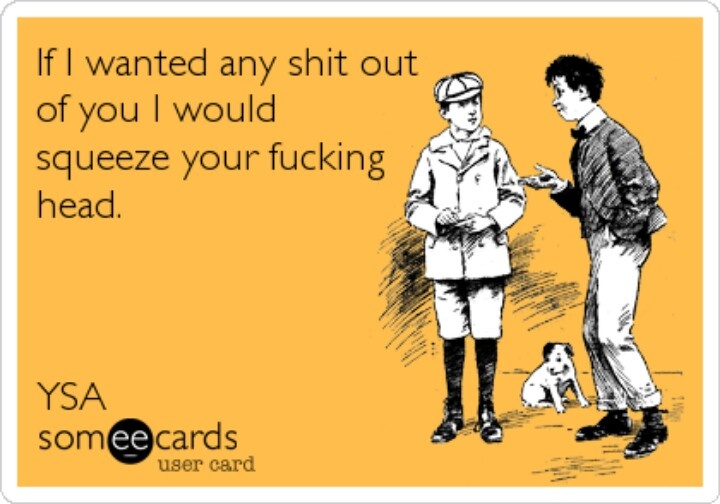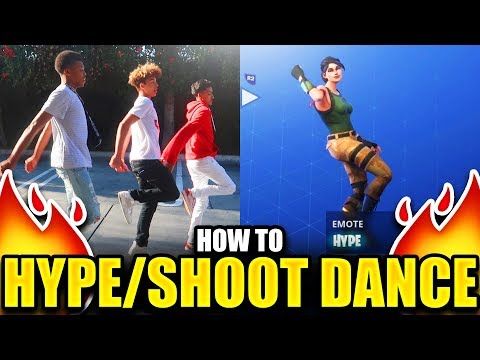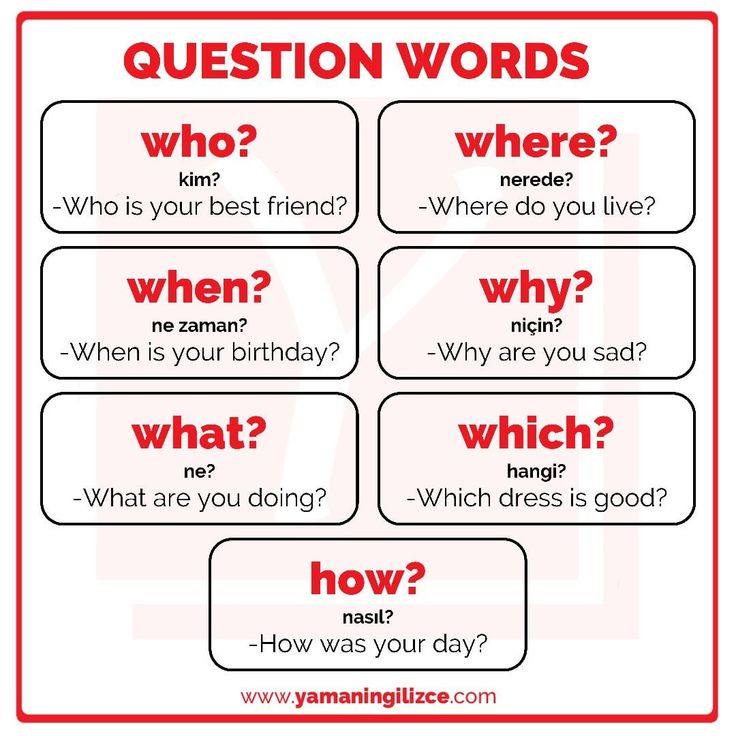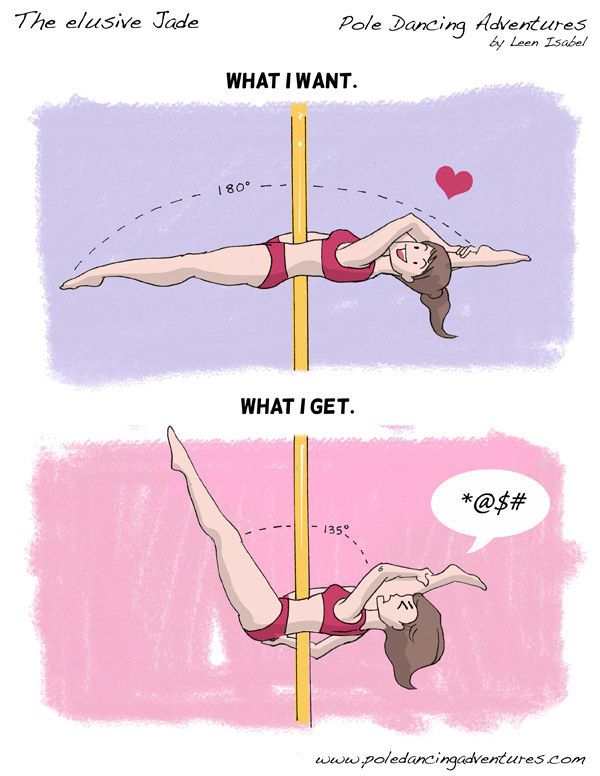How to copyright a dance move
How to Copyright a Dance
How to Copyright a Dance by Diane Faulkner
A dance is considered a creative work that can be copyrighted if it's a coherent whole and not just individual moves—so if you're a dancer or choreographer, be sure to protect your work.
by Diane Faulkner
updated May 02, 2022 · 3min read
If you create choreographed dances on platforms like TikTok, your creations may be eligible for copyright protection.
While basic dance moves or routines cannot be copyrighted, a dance is considered a creative work like a manuscript or a painting.
Michael Chiappetta, attorney and senior editor in the Intellectual Property & Technology Group at Thomson Reuters Practical Law, explains that you can copyright a dance as long as it's "an original work consisting of the composition and arrangement of a related series of dance movements and patterns organized into a coherent whole."
"These are critical requirements under copyright law," says Dmitry Lapin, an attorney with Danchuk Law LLC. "There is also a specific requirement that all of the movements or aspect of the choreography be described with enough detail so that the work could be consistently performed."
"Protectable choreographic works, however," according to Chiappetta, "are typically intended to be executed by skilled performers in front of an audience, such as a ballet or a modern dance routine."
Unprotectable dances, regardless of their level of creativity, are simple routines, such as:
- End zone celebratory dances
- Series of yoga positions
- Social dance steps, such as breakdances, line dances, or ballroom dances generally intended to be performed by others for their own enjoyment
"Most TikTok dances likely fall into the latter unprotectable category," Chiappetta says. "However, where there is a sufficient combination of body movement, spatial movements, and coordination with musical accompaniment, it is possible that a social media dance may be protectable.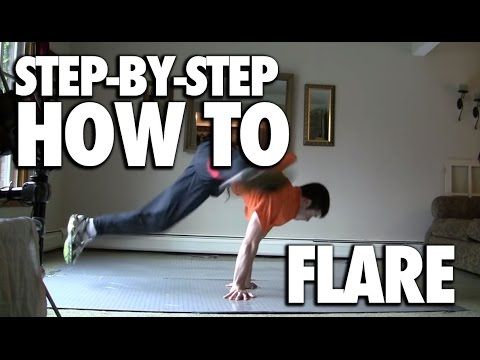 "
"
Protection is more likely if the performance:
- Is by a skilled dancer
- Is for the entertainment of others, and not for others to mimic for their own enjoyment
- Involves a story or theme
What Rights Are Protected?
Choreographic works are afforded the same exclusive rights as any other copyrighted work. Chiappetta says it would be copyright infringement and a basis for a legal claim if someone without legal authorization:
- Publicly performs the work
- Reproduces the work
- Distributes the work
- Adapts the work
When Does Choreography Copyright Begin?
If a dance is deemed copyrightable, then copyright comes at the time of recording and lasts throughout the author's lifetime plus 70 years.
"Similar to writing, copyright protection begins when a performance is fixed in a tangible medium of expression" like a video or dance script, says Joseph Mandour, an intellectual property attorney and managing partner of Mandour & Associates APC.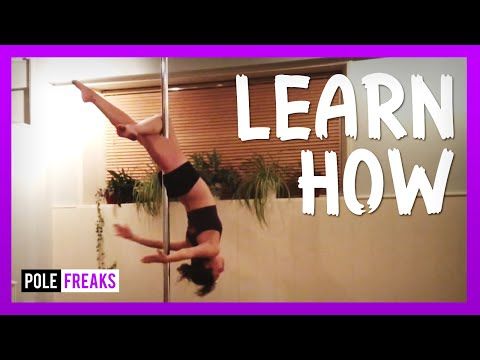
A TikTok video could suffice as long as the dance falls into a protectable category. Registration is not required for protection, "but registering early grants additional protections, including the right to file a lawsuit," Mandour says.
How to Enforce a Choreography Copyright
If a video was posted online that you believe infringes on your copyright, you should request that the offending video be removed under the Digital Millennium Copyright Act.
"However, the provider must restore the material if the alleged infringer sends a counter-notice explaining why the material is non-infringing, unless the copyright owner files a lawsuit first," Chiappetta says. "Otherwise, you may file an infringement claim in a federal court based on the violation of any of its exclusive rights."
Chiappetta also notes that under the Copyright Alternative in Small-Claims Enforcement Act of 2020—signed into law at the end of 2020 as part of the Consolidated Appropriations Act of 2021—"the copyright office is also developing a streamlined small-claims system that will allow a copyright owner with only a pending application to bring a small claim seeking limited remedies, provided the infringer does not opt out. "
"
One Last Move
In protecting your choreography copyright, don't forget to obtain permission to use the accompanying music. You must first secure permission from the owner of the music's copyright—both the musical composition and the recording. Otherwise, you might find yourself on the wrong end of a copyright complaint.
Make sure your work is protected START MY REGISTRATION
About the Author
Diane Faulkner
âDiane Faulkner is a ghostwriter, content marketing strategist, and editor based in Jacksonville, Florida. She special… Read more
Related Topics
This portion of the site is for informational purposes only. The content is not legal advice. The statements and opinions are the expression of the author, not LegalZoom, and have not been evaluated by LegalZoom for accuracy, completeness, or changes in the law.
Can you sue someone for stealing your dance moves?
Fortnite recently faced a “battle royale” in the courtroom. Epic Games, the company behind Fortnite, was sued by multiple parties claiming copyright infringement for using certain dance moves as “emotes” in the game. Such emotes included “The Carlton,” the “Milly Rock,” and “The Floss.”
Epic Games, the company behind Fortnite, was sued by multiple parties claiming copyright infringement for using certain dance moves as “emotes” in the game. Such emotes included “The Carlton,” the “Milly Rock,” and “The Floss.”
However, throughout litigation, Epic Games contended that copyright law does not apply to dance moves. In addition to protecting forms of authorship, movies, and music, the Copyright Act also covers “pantomimes and choreographic works” that are fixed in a tangible medium of expression. Accordingly, dancers and dance choreographers may thus seek protection under this Act. For a work to be considered choreography under the Copyright Act, elements that should be present include:
- Rhythmic movements of one or more dancers’ bodies in a defined sequence and a defined spatial environment, such as a stage
- A series of dance movements or patterns organized into an integrated, coherent, and expressive compositional whole
- A story, theme, or abstract composition conveyed through movement
- A presentation before an audience
- A performance by skilled individuals
- Musical or textual accompaniment
So was Epic Games right when it said individual dance moves are not copyrightable? Technically speaking, yes, it was.
Can you copyright a dance move?
No, you cannot. Choreography—which is defined as “the composition and arrangement of a related series of dance movements and patterns organized into a coherent whole”— can be copyrighted under the Copyright Act. Accordingly, a single dance move cannot be copyrighted because it does not meet the definition of choreography.
The U.S. Copyright Office does not recognize “short dance routines of only a few movements or steps with minor linear or spatial variations, even if a routine is novel or distinctive,” as qualifiable for copyright registration. Individual steps or movements that do not fall under the protection of the Copyright Act include celebratory end zone dance moves or “The Carlton.”
To qualify for copyright registration, the original choreography must be recorded in a “tangible medium of expression in such a way that reveals the movements in sufficient detail to permit the work to be performed in a consistent and uniform manner,” which includes video recordings or textual descriptions.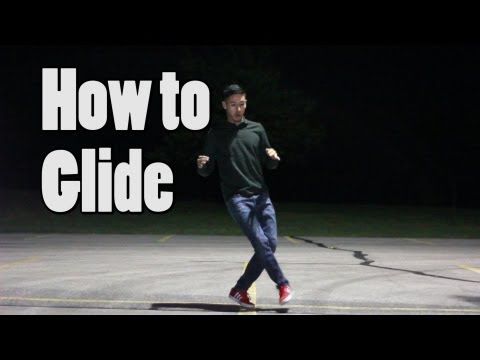 The Supreme Court in Fourth Estate Public Benefit Corp. v. Wall Street.com LLC held that copyright infringement lawsuits can only be filed when the Copyright Office registers the copyright.
The Supreme Court in Fourth Estate Public Benefit Corp. v. Wall Street.com LLC held that copyright infringement lawsuits can only be filed when the Copyright Office registers the copyright.
Can you own a dance move?
No, you cannot own a dance move if it is not copyrightable. The U.S. Copyright Office does not recognize individual dance moves as falling under copyright protection. Similarly, a dance move cannot be trademarked, although the name of the dance move can be trademarked (e.g. “Tebowing”).
Did Fortnite commit copyright infringement by copying dance moves?
No, because dance moves—like the ones used in Fortnite’s “emotes”—cannot be copyrighted. Alfonso Ribiero of The Fresh Prince of Bel-Air attempted to copyright his signature “Carlton” dance move with the Copyright Office, but it was denied registration because an individual dance move cannot be copyrighted. On March 7, 2019, the court dismissed Ribiero’s action on notice of voluntary dismissal without prejudice.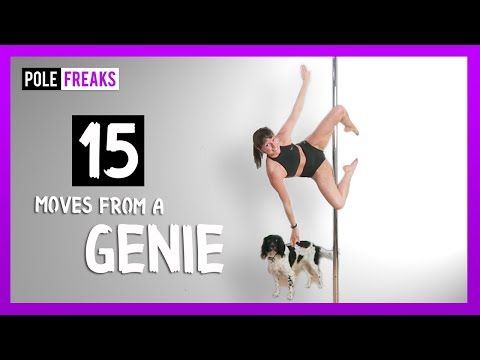 Similarly, the other Fortnite-dance-related cases have failed on the Copyright Office’s precedent of no protection for single dance moves and have been dismissed. Since these copyright infringement lawsuits, Fortnite creators have removed these dance moves from the game; the dance moves that were removed include “The Carlton,” “the Floss,” “the Milly Rock,” and “the Random.”
Similarly, the other Fortnite-dance-related cases have failed on the Copyright Office’s precedent of no protection for single dance moves and have been dismissed. Since these copyright infringement lawsuits, Fortnite creators have removed these dance moves from the game; the dance moves that were removed include “The Carlton,” “the Floss,” “the Milly Rock,” and “the Random.”
Dance and choreography as copyright - n'RIS
Movies, music, literary works come to mind when you think about copyright - what about dance? They can be seen as an art form combining the original expression of choreography, rhythmic and plastic sets of movements. Many agree that the dance should be protected by copyright. Is this true, and what are choreographic works as an object of copyright? nine0003
What is a choreographic work
A choreographic work is a set of successive planned human movements that creates an integral choreographic image and is accompanied by music. In the civil legislation of the Russian Federation, choreographic works are classified as protected objects of copyright along with works of literature, science and art (Article 1259 of the Civil Code of the Russian Federation). The work will be protected both in part and in full.
In the civil legislation of the Russian Federation, choreographic works are classified as protected objects of copyright along with works of literature, science and art (Article 1259 of the Civil Code of the Russian Federation). The work will be protected both in part and in full.
Dance, including plastic and rhythmic movements, can be attributed to a choreographic work. But how do you know which dance will be copyrighted and which won't? Is there a difference between dance moves in a club, a theater production, or dancing in a music video? nine0003
In order for a choreographic work to be protected by copyright, it must have two features:
- expressed in some objective form, for example, it can be a sound and video recording, images, text form
- have a creative component
For protection the word "work" plays an important role, since a work is the result of the author's creative work, with a plot and in the form of a finished product. A choreographic work, along with films, performances and novels, can have a plot, culmination and denouement, that is, a single composition with a pronounced idea, images, characters, style and message. Impromptu dances in a club would hardly fit the definition of "choreographic work". nine0003
A choreographic work, along with films, performances and novels, can have a plot, culmination and denouement, that is, a single composition with a pronounced idea, images, characters, style and message. Impromptu dances in a club would hardly fit the definition of "choreographic work". nine0003
Moreover, a choreographic work may include not only dance, but also an audiovisual show, singers' numbers, theater scenes, and so on. Therefore, the dance, as part of a choreographic work, will be protected by copyright.
The copyright for a choreographic work belongs to the choreographer or other author who is staging it. If several choreographers took part in the creation of a choreographic work, they will be co-authors, regardless of who and what part contributed to the final work. A work created in co-authorship is used jointly by co-authors, unless otherwise provided by agreement between them. In the case when such a work forms an inseparable whole, none of the co-authors has the right to prohibit the use of such a work without sufficient grounds (Article 1258 of the Civil Code of the Russian Federation).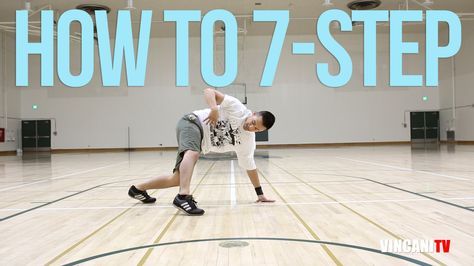 nine0003
nine0003
How to copyright a dance production
Claiming copyright for a dance is not as easy for a choreographer as it is for example for a poet who has written a poem. As stated above, dance as an object of copyright must be expressed in an objective way. There are several ways to express the dance:
- Make a written description of the dance in as much detail as possible (the choreographers know the name of each movement). The description should not be too general, otherwise it will not be possible to prove the right to it
- Record the dance on video. It is important to understand here that the creators of this video (cameraman, editor, etc.) can be recognized as co-authors if they made a creative contribution to the recording of the video (clause 2 of article 1228 of the Civil Code of the Russian Federation). If the operator only presses the button and only controls the filming process, he will not be recognized as a co-author.
 You can record yourself by mounting the camera on a tripod. Be sure to set the shooting date and time so that they appear on the recording
You can record yourself by mounting the camera on a tripod. Be sure to set the shooting date and time so that they appear on the recording - Take successive photographs of each movement and, again, take photographs yourself, for example, using a timer, without involving other persons for this
Under civil law, it is not necessary to register copyright, they arise at the time of creation of the work. Despite the fact that copyright does not require registration, in the event of a dispute, the author may need proof of authorship, so they can and should be recorded. For example, there is an increasing number of controversies on TikTok, where the dance spreads across the social network at lightning speed, copied and repeated by thousands of users, making it difficult to ascertain who the original creator was. nine0003
If a situation arises in which someone appropriates the authorship of the dance or copies it, the author will need proof that he was the creator of it.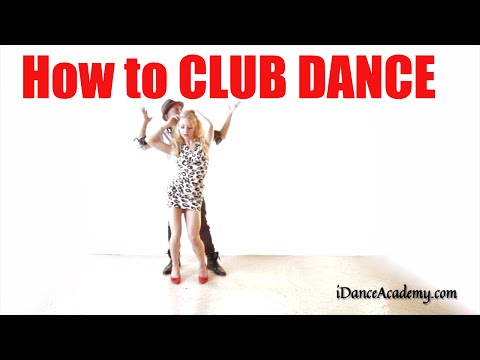 Therefore, creators are increasingly resorting to electronic (digital) depositing of their works, that is, fixing copyrights. In n'RIS, you can deposit a work in a few minutes.
Therefore, creators are increasingly resorting to electronic (digital) depositing of their works, that is, fixing copyrights. In n'RIS, you can deposit a work in a few minutes.
When depositing, the author places the file in a secure digital box, the contents of which are not available to third parties. During the procedure, authorship, date and time of registration are recorded. The uploaded file may contain consecutive photographs of the dance, a video recording or a textual description of the movements. If the authors of the dance were several choreographers, when depositing, you can indicate the co-authors and the percentage of their shares in the work. After uploading the file, the author receives a certificate of deposit - it will become a document confirming the authorship of the object. nine0003
Deposit a video of your choreography -
take care of fixing the authorship of the dance number
Deposit
Related rights: when a dance has several authors
Initially, the copyright for the dance belongs to the person who created it - the choreographer.-Step-18.jpg/aid1640374-v4-728px-Shuffle-(Dance-Move)-Step-18.jpg) In order for the dance to be conveyed to the viewer, someone must perform (dance) it. This is how related rights arise - these are rights related to copyright. Related performance rights may belong to the dancer, but may also belong to the theater, if the dancer has an employment contract (then he creates "service performances", for which he is paid remuneration). nine0003
In order for the dance to be conveyed to the viewer, someone must perform (dance) it. This is how related rights arise - these are rights related to copyright. Related performance rights may belong to the dancer, but may also belong to the theater, if the dancer has an employment contract (then he creates "service performances", for which he is paid remuneration). nine0003
A related right arises when a theatrical performance (performance) is staged by the production director, and it can also belong to the theater, as in the case of a dancer, if it is a service object.
There is no difference between copyright and related rights in terms of turnover. It is not necessary to register related rights, they arise at the moment when the author's object becomes available for perception. For example, the choreographer who created the dance will own the copyright, and the theater on the basis of which the dance was realized will own related rights. nine0003
nine0003
In order to exercise related rights, the consent of the author of the choreographic work, the choreographer, is required. If you do not first obtain permission to use the copyright object, this will be considered an infringement. Usually, consent is obtained by concluding a license agreement, in which the rights to the object (dance) are transferred in a limited way, for example, for a period of 5 years.
Examples of protected choreographic works
Copyright for a choreographic work extends in any case if it is expressed in an objective form and has a creative component. Some choreographers' work has become so famous that if someone implements their work in their work, it will obviously be considered plagiarism. nine0003
For example, in 1983 Michael Jackson introduced Thriller, one of the most famous music videos in history. The musician collaborated with choreographer Michael Peters, who created the unique zombie dance Thriller, which instantly swept the world and still remains an important part of pop culture. Even though millions of people perform the dance, rights holders do not file infringement lawsuits. Another question is that if someone copied Thriller and performed it in a commercial video, this would be a violation of the rights of the authors. nine0003
The musician collaborated with choreographer Michael Peters, who created the unique zombie dance Thriller, which instantly swept the world and still remains an important part of pop culture. Even though millions of people perform the dance, rights holders do not file infringement lawsuits. Another question is that if someone copied Thriller and performed it in a commercial video, this would be a violation of the rights of the authors. nine0003
In 2009, Beyoncé made the crowds move to the song Single Ladies. The dance in the video was created by choreographer Jaquel Knight and is based on a Bob Fosse dance performed by American dancer Gwen Verdon on The Ed Sullivan Show in 1969. Despite the fact that many noticed the similarity of the original performance with Beyoncé's dance, in fact, they turned out to be two different works.
As a result, in 2021, Jaquel Knight became the first ever choreographer to secure the rights to dance moves from Single Ladies.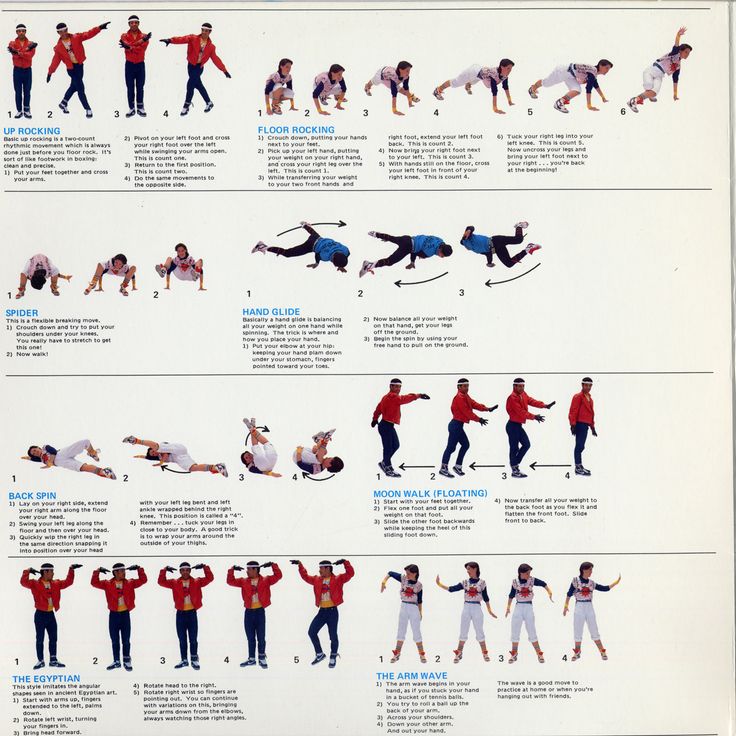 He also choreographed the music video for Lemon by rap rock band N.E.R.D. and Rihanna, and one of his latest viral works is a WAP clip from Cardi B and Megan Thee Stallion. Knight is now in the final stages of registering all of his known works. nine0003
He also choreographed the music video for Lemon by rap rock band N.E.R.D. and Rihanna, and one of his latest viral works is a WAP clip from Cardi B and Megan Thee Stallion. Knight is now in the final stages of registering all of his known works. nine0003
Another high-profile incident occurred with the dance work of Martha Graham, a famous American dancer and choreographer. According to her will, after her death, the copyright for the choreography should pass to photographer Ron Protas. Despite this, the school she founded, the Martha Graham Center for Contemporary Dance, continued to use both the dancer's choreography and the trademark with her name, despite Protas's displeasure. After a lengthy legal battle, in 2002 the U.S. District Court ruled that 45 dances were copyrighted by the Center, 10 of them were in the public domain, 5 were reserved to the persons for whom they were created, and only one dance was owned by Protas. nine0003
The court found that Graham worked as an employee of the Center from 1956 to 1991 - during this period she was paid a salary, therefore the works created by her are considered official works, the rights to them belong to the Center. The Center now licenses Martha Graham ballets to professional dance companies and educational institutions. All licensing projects are managed by a professional registrar selected and trained by the Center.
The Center now licenses Martha Graham ballets to professional dance companies and educational institutions. All licensing projects are managed by a professional registrar selected and trained by the Center.
Cases of plagiarism in choreography
Plagiarism is a partial or complete copying of the original work of the author, in which the plagiarist refers to himself as the author of the new work. Plagiarism happens in any work, including choreography. nine0003
German ballet dancer Kurt Joss showed how to protect yourself from plagiarism. After the musical Sensation in San Remo, starring Marika Röckk, was shown in theaters on September 6, 1951, the choreographer filed a lawsuit to temporarily ban the film from being shown in its original version at the Lichtburg cinema in Essen. He demanded that the scene called Die Sittlichkeit kommission (Moral Commission) be removed from the film, as the movements of the people dressed in black were strikingly similar to the images from his ballet Der grüne Tisch (The Green Table).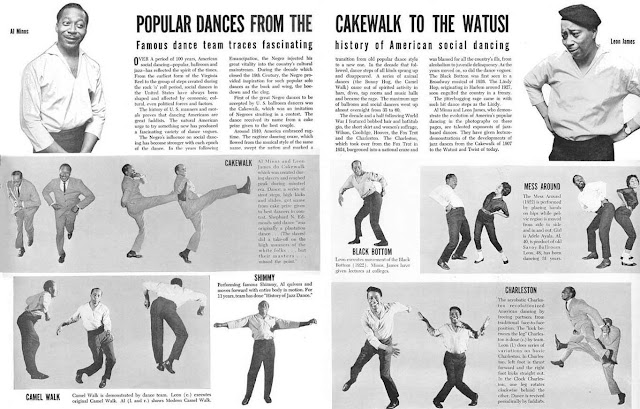 nine0003
nine0003
The Essen District Court was not long in coming: on September 26, 1951, the production company was ordered to cut the relevant scene from the film. Despite sworn statements by Rökk, director Georg Jacobi and producer Rolf Meyer that they knew absolutely nothing about Der grüne Tisch, the court ruled that there was "a high possibility that the table scene was borrowed in part from a dance drama by Kurt Joss" .
Another discussion about dance plagiarism arose after the release of Beyoncé's musical Countdown in 2011. The singer allegedly borrowed the choreography from two works of art by the Belgian dancer Anna Teresa De Keersmaeker: Achterland 1994 and Rosas danst Rosas 1997. Beyoncé acknowledged that the movements in the video were influenced by De Keersmaeker's ballet, noting that it was not her only inspiration.
Daniil Gleikhengauz, Russian figure skating coach and program director, made a performance for the song Bad Guy by Billy Eilish for the figure skater Alina Zagitova for the tour of Japanese ice shows Fantasy on ice.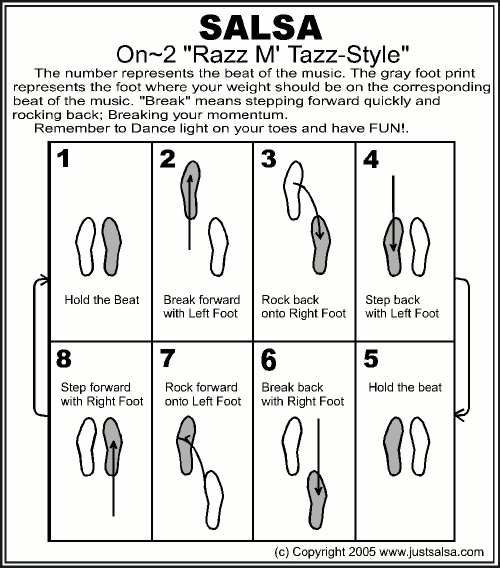 At the end of the two-week tour, a video of the performance hit the Internet. He was immediately noticed by American dancer and choreographer Jojo Gomez, writing on social media: “That feeling when your choreography for Bad Guy is stolen and broadcast on national television. Daniil Gleichengauz, I'm flattered that I inspired you so much, but next time just hire me and book me a flight to Japan instead of stealing the idea. nine0003
At the end of the two-week tour, a video of the performance hit the Internet. He was immediately noticed by American dancer and choreographer Jojo Gomez, writing on social media: “That feeling when your choreography for Bad Guy is stolen and broadcast on national television. Daniil Gleichengauz, I'm flattered that I inspired you so much, but next time just hire me and book me a flight to Japan instead of stealing the idea. nine0003
The issue of dance copyright is increasingly emerging on the social network TikTok. In March 2021, American singer and dancer Addison Rae appeared on The Jimmy Fallon Show where she performed eight dances popularized through the platform. Viewers were quick to note that most of the dances featured were created by other dancers, with Ray being the center of attention thanks to other people's merit. Later, to correct the dancers' resentment, Fallon invited dance creators to the show to discuss their creative process and perform dance routines (albeit virtually).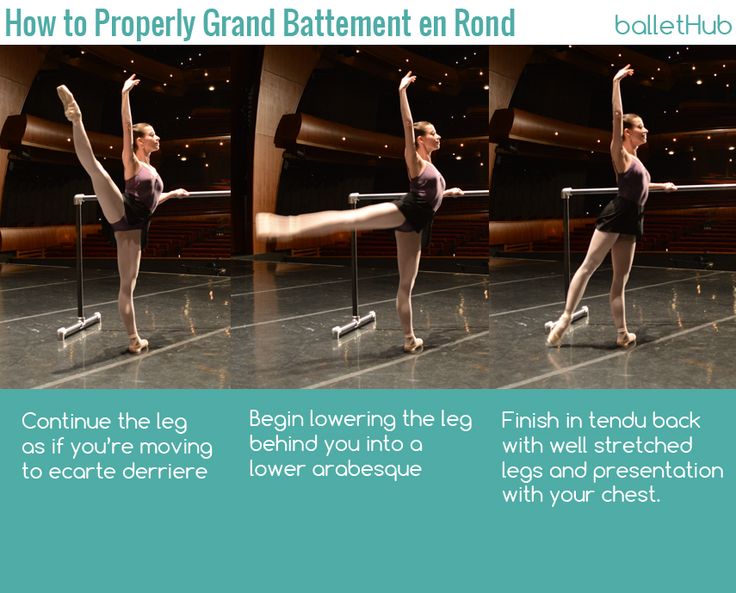 nine0003
nine0003
Creating a dance requires a lot of effort on the part of the author, so it's important to know what copyrights dancers, choreographers and other choreographers have. To protect the work from plagiarism and copying, you should fix it through a video recording, photographs or a text description, then deposit it - in disputable situations, the deposit document will become one of the proofs of ownership of the rights to your dance.
Protect your works
Go to your personal account and manage your
intellectual property online
Deposit
How to protect the copyright of a choreographic work? Examples of plagiarism - The right to vc.ru
Can any movement, dance combination and stage images be protected by copyright?
2255 views
The question is quite complicated, because how to prove that the reproduced movements are exactly copied from another work? How to fix the moment of plagiarism? nine0003
Researching this topic on copyright, I realized that in order to understand this aspect, I first need to understand: what exactly is a "choreographic work" and is any such work protected by copyright?
It is unfortunate that in the Civil Code of the Russian Federation, from the content of Article 1259 of the Civil Code of the Russian Federation, the legislator does not define the concept of "choreographic work", it is only mentioned that it is protected by copyright.
Therefore, if you look at the photo (below), it is difficult to say unequivocally which of them can be called a choreographic work and which of these works can be copyrighted. nine0003
Fragment #1 . Long jump movement with further landing on one leg.
Photo owner: Website of the Professional Educational Autonomous Institution "Vyatka College of Culture". Section "Folk art. Type: Choreographic creativity".
Fragment №2. High jump movement with further landing on one leg
Photo owner: Fishki.net website. Section "Wild dances". nine0003
Indeed, it does not look unambiguous. So what is hidden under the concept of a choreographic work?
Choreographic work
A choreographic piece is not just any dance number.
If you are just putting on a New Year's dance number to surprise your colleagues at a corporate party, then it is unlikely that you will run to deposit the rights to it before its publication. When you see your dance being performed in a nearby office, you will not go to claim a copyright refund either. All because your invented dance for a corporate party does not provide any value for you. nine0003
When you see your dance being performed in a nearby office, you will not go to claim a copyright refund either. All because your invented dance for a corporate party does not provide any value for you. nine0003
Now, if you are a choreographer and we are talking about your dance number for mass events, dance competitions, performances, broadcasts and author's productions, then this is another question.
If you dig deeper, the key word here will be the word "work".
The work has its own plot. The plot consists of linked dance parts. Each party is a mini story expressed in the language of dance.
Therefore, for your dance to really be considered a work, it must contain an integral set of dance movements that create a single thoughtful composition, with a pronounced idea, images, characters, style and message.
The main goal (according to paragraph 3 of article 1259 of the Civil Code of the Russian Federation) is to create a unique choreographic image in the process of your creative work, to show its development in the work itself.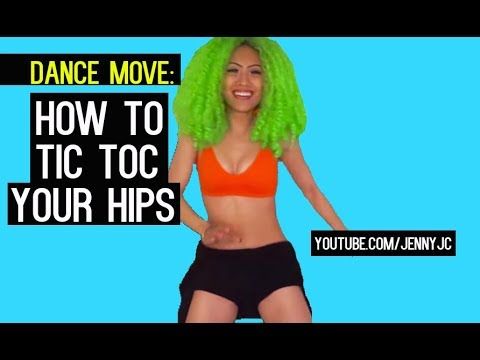
How do I copyright my dance?
Once your work is ready for publication, be sure to try to prepare all the materials to express your creativity in an objective form (preferably in all of the below). nine0003
objective form will include:
1. Expression of material in writing. Yes, the choreography can also be described. Choreographers know that every movement has its own name. Therefore, each episode of a choreographic work can be outlined.
In other words, we need a detailed script for a dance performance.
For example, below is a fragment of the synopsis of the choreographic work "Tank with belts" of the Central Black Earth region of Russia. nine0003
Author of the fragment: teacher of the choreographic department of MBOU DO "Children's Art School No. 6" in Kursk - Kristina Alexandrovna Mitskaya
2. Expression of material in visual form.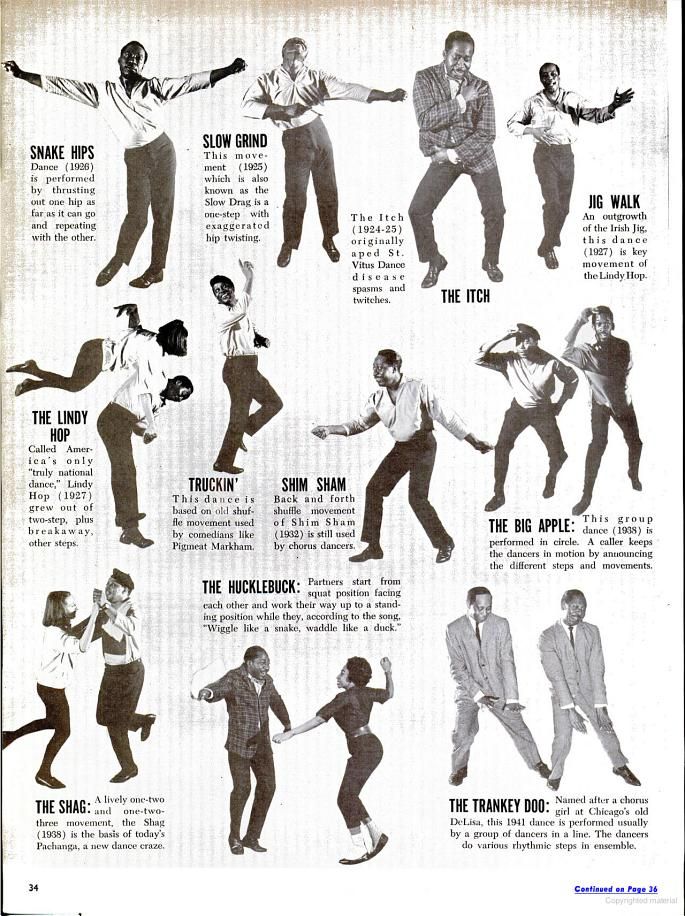 To prepare a choreographic work, you need to complete sketches of dance scenes, sketches of costumes, photos of productions, photos of the workflow, videos from rehearsals, videos from the full dress rehearsal .
To prepare a choreographic work, you need to complete sketches of dance scenes, sketches of costumes, photos of productions, photos of the workflow, videos from rehearsals, videos from the full dress rehearsal .
Example: Photo from the rehearsal of the State Academic Folk Dance Ensemble named after Igor Moiseev. nine0003
Photo owner: Site "Igor Moiseev's ballet". Section "Ensemble at rehearsal".
3. Oral expression of material. To publish a work, they often resort to verbal announcement of the material through radio, television, social networks. This may be an advertising campaign, an announcement of an event at which the initial publication of the work is planned, etc.
IMPORTANT: All materials must always be marked with date and time .
If this is a photo from a rehearsal, then take care to set the date and time of shooting in the camera settings so that they are displayed on the photo itself (the same applies to videos).
Text documents are recommended to be created in those text editors that allow you to maintain versioning and chronology of the dates of creation and subsequent changes.
What to do next with all this?
As soon as all the artifacts are collected, you can contact the Russian Society for Copyright Management, which forms the official Register containing information about copyright holders and objects of copyright.
One of these companies is RAO COPYRUS (see the article on Tariffs and instructions on how to apply for copyright registration)
Yes, the process is lengthy, but if the game is worth the candle, then it's worth getting confused. In any case, it is better to do everything in advance and in case of plagiarism, do not waste a lot of time and nerves trying to prove who the true owner is. nine0003
Nuance: One of the steps in the registration of authorship will be the international registration of the name and / or pseudonym of the author and the name of the organization with the assignment of an international identifier ISNI.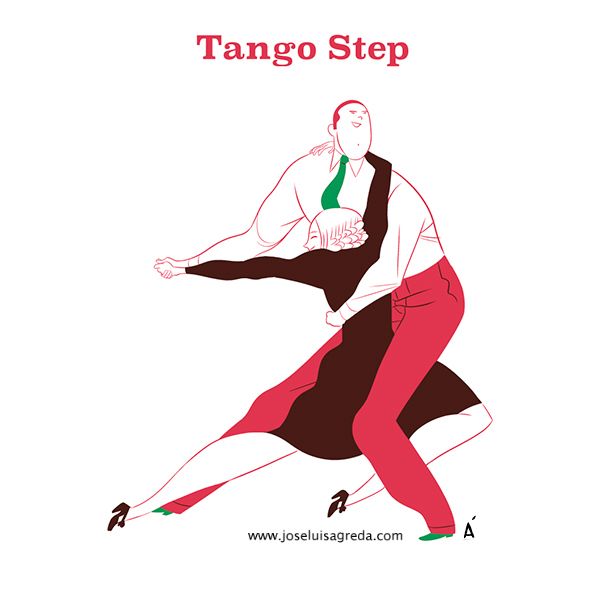
To obtain copyright for a work, you must obtain the rights to your own name or pseudonym yourself.
Everything seems to be logical. The author creates a work, and then confirms his rights to it.
What if a work has multiple authors?
nine0005What if you have an ensemble and you are staging a large choreographic production (for example, a performance), in which several choreographers are choreographing together with you?
According to paragraph 1. Article 1240 of the Civil Code of the Russian Federation, a person who organized the creation of a complex object (films, musicals, performances) that includes several protected results of intellectual activity acquires the right to use these results on the basis of agreements on the alienation of exclusive rights or license agreements. nine0003
This means that in such cases you, as a customer, will need to draw up an appropriate contract with each of the choreographers.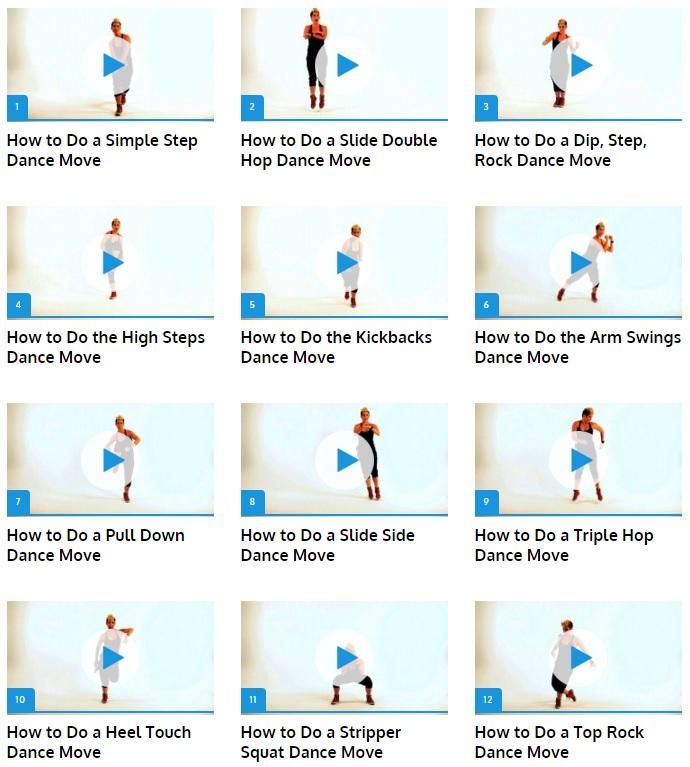 If the choreographer agrees to contract for the alienation of exclusive rights , then the property right to his dance performances is transferred in full to the acquirer, i.e. to you as a customer.
If the choreographer agrees to contract for the alienation of exclusive rights , then the property right to his dance performances is transferred in full to the acquirer, i.e. to you as a customer.
If the choreographer enters into a license agreement with you, then he only grants the right to use his choreographic work for the period and conditions that will be determined in the agreement. nine0003
At the same time, the question often arises: what will happen if the director created a dance for the performance, and then suddenly changed his mind and forbids using it.
This also happens.
Especially for such cases there is item 2. Article 1269 of the Civil Code of the Russian Federation, where, as a general rule, an author who decides to publish his work has the right to refuse to publish it, subject to compensation for losses to the person to whom the exclusive right or the right to use the work has been transferred. This is called the right of withdrawal.-Step-17.jpg/aid1640374-v4-728px-Shuffle-(Dance-Move)-Step-17.jpg) nine0003
nine0003
Examples of choreographic works
1. St. Petersburg State Academic Ballet Theater under the direction of Boris Eifman. It contains its own unique author's choreographic performances, all rights to which belong to its rightful owner.
Fragment of the ballet "Eugene Onegin". Author Boris Eifman.
Photo owner: Website of the Boris Eifman Ballet Theatre.
2. Alla Dukhova's show-ballet "Todes" has its own unique choreographic performances, as well as specially written musical accompaniment for them. nine0003
Fragment of the play "And I'll dream about this...".
Photo owner: Information site VNovgorod.ru.
3. Swan Lake - ballet by Pyotr Ilyich Tchaikovsky in four acts.
Is an exception to the rule. For example, according to article 1259 of part 4 of the Civil Code of the Russian Federation No. 230-FZ of December 18, 2006, the Swan Lake ballet is not protected by copyright, since it is considered a work of folk art (folklore) that does not have specific authors.-Step-4-Version-5.jpg/aid1640374-v4-728px-Shuffle-(Dance-Move)-Step-4-Version-5.jpg) nine0003
nine0003
A fragment of the dance of the little swans.
Freely redistributable snippet. The author and owner of the photo are unknown.
Examples of copying choreographic works
Here are a couple of controversial moments where the reuse of images, style and choreography attracted the interest of the audience to the performers.
1. The Ed Sullivan Show "Mexican Breakfast" and Beyonce "Single Ladies".
nine0042 Author tareva12. Beyonce "Countdown" and Anne Teresa De Keersmaeker
Author Copyright Infringement Awareness
3. Alina Zagitova and American choreographer Jojo Gomez
Link to video from YouTube channel.
Link to video from YouTube channel.
Result:
If you simply love to dance in the style of Beyoncé and post your attempts on the net with the author's name, then you are unlikely to have any complaints. Unless you get more views than Beyoncé herself)) and poach her advertisers and audience) I think then you will be noticed).

